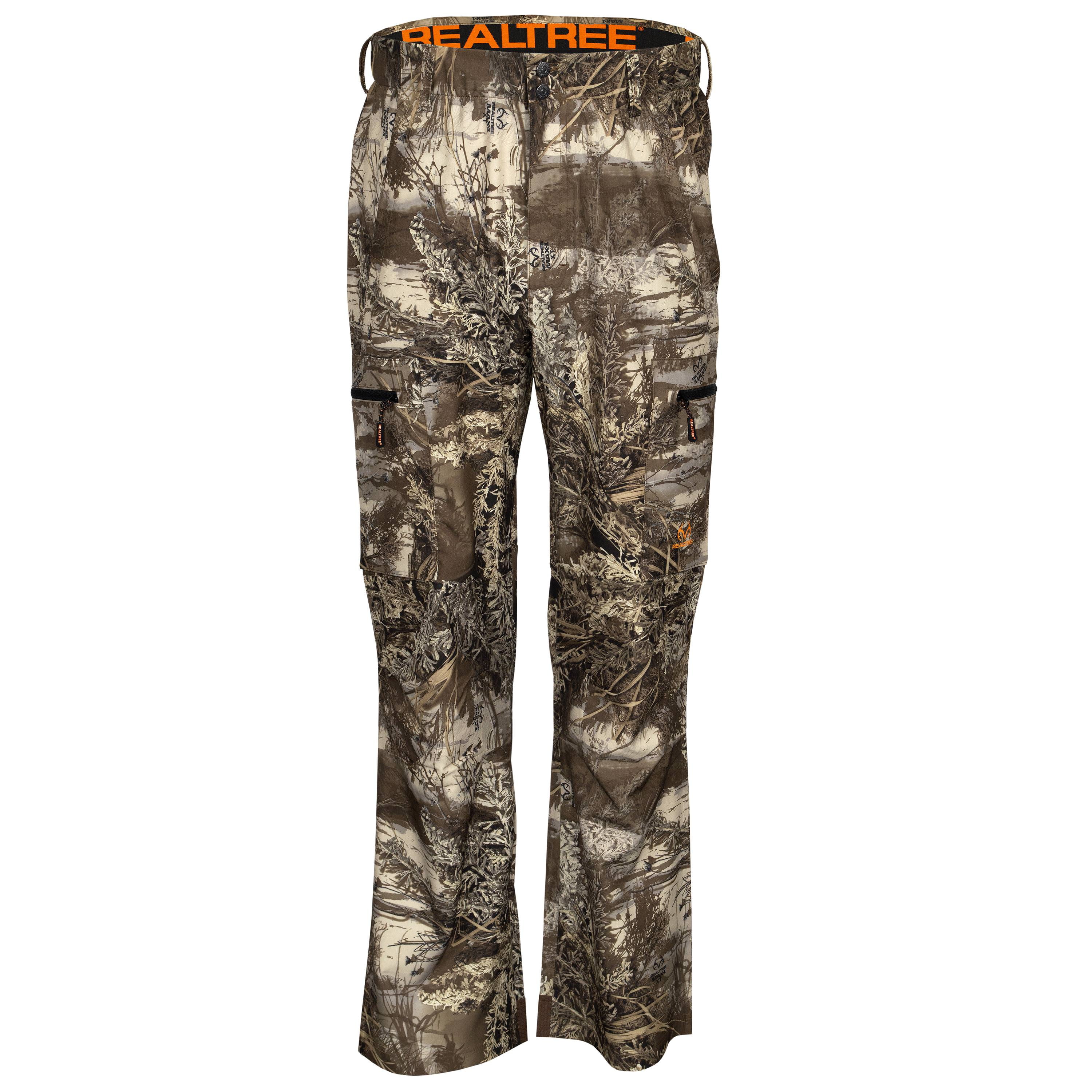

Waffen-SS combat units used various patterns from 1935 onwards.

The Reichswehr (Army of the Weimar Republic) started experimenting with camouflage patterns for Wehrmacht uniforms before World War II and some army units used Splittertarnmuster ("splinter camouflage pattern"), first issued in 1931, and based on Zeltbahn shelter halves/groundsheets. Production was limited by shortage of materials, especially of high quality waterproof cotton duck. Distribution was limited to the Waffen-SS, ostensibly because of a patent, though variants were used by other units, including the Luftwaffe. Camouflage smocks were designed to be reversible, providing camouflage for two seasons, whether summer and autumn, or summer and winter (snow). Later patterns, all said to have been designed for the Waffen-SS by Johann Georg Otto Schick, evolved into more leaf-like forms with rounded dots or irregular shapes. The clothing patterns developed from it combined a pattern of interlocking irregular green, brown, and buff polygons with vertical "rain" streaks. The first pattern, Splittertarnmuster ("splinter camouflage pattern"), was designed in 1931 and was initially intended for Zeltbahn shelter halves. German World War II camouflage patterns formed a family of disruptively patterned military camouflage designs for clothing, used and in the main designed during the Second World War. Photo of soldier of an SS-Grenadier Panzer division, Normandy, 1944, wearing a disruptively patterned Erbsenmuster patterned jacket.


 0 kommentar(er)
0 kommentar(er)
